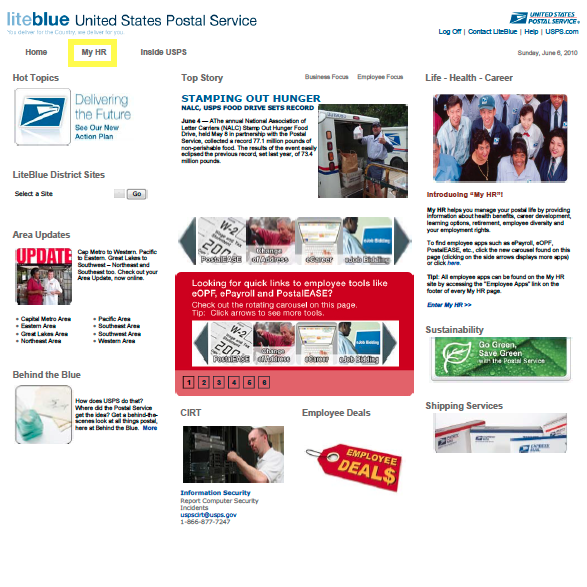The Federal Employees Retirement System (FERS) is the current retirement system for US federal civilian employees. FERS retirement was enacted in 1986 to replace the Civil Service Retirement System (CSRS), whose costs were thought to be too high for the long term. FERS was designed to conform federal retirement plans more closely with those in the private sector. It became effective in 1987 but has been applied to employees who joined federal service in 1984. While the benefits under FERS are not as generous as under CSRS, FERS is more generous than virtually all corporate plans. While most current federal and postal retirees remain under CSRS, the majority of federal employees working today – about 80% — are under FERS.
Not affiliated with The United States Office of Personnel Management or any government agency
Federal Employee Retirement and Benefits News
MENUMENU
- Thrift Savings Plan
-

Advertisement
-
- FERS
-
- Latest News
- Retirement for Postal Workers: Everything you need to know | Michael Wood
- Defense Department Reports On Take-Rates Projections For BRS
- TSP and Divorce: How The Court Will Handle Your TSP and Other Federal Benefits | Linda Jensen
- Battle Regarding Official Time and TSP Takes Place On Capitol Hill
- Linda Jensen | How You Can Successfully Fund Your Retirement Years
- Latest News

Advertisement
-
- CSRS
- Federal Employee Annuities
- Financial Planning
- Newsletter









